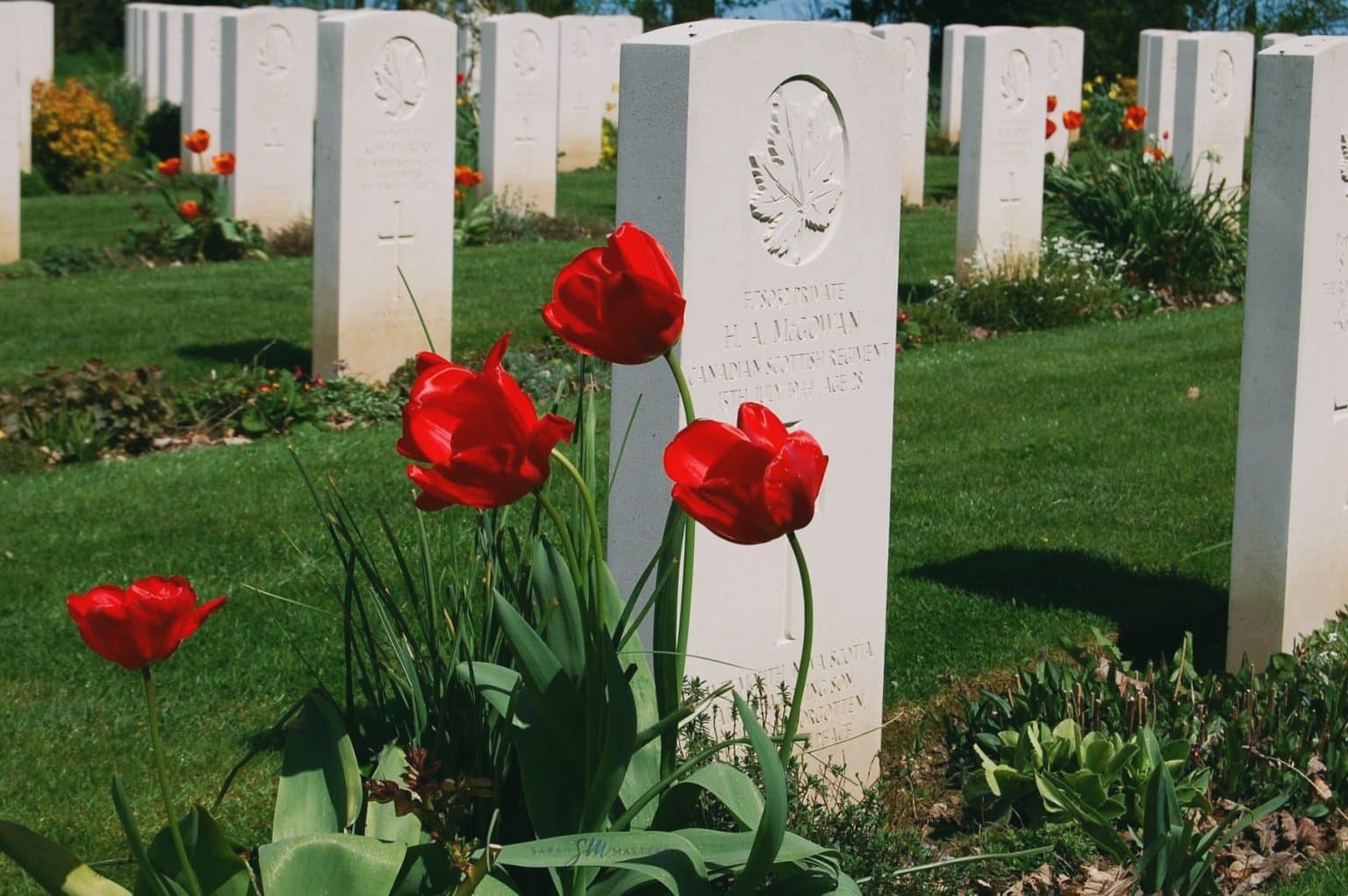Every year on November 11, Canadians pause to remember the men and women who gave so much so we could live in freedom. But standing on the sands of Juno Beach - one of the five beaches where the D-Day landings took place during World War II - that act of remembrance feels completely different. It's no longer just something you think about. You can almost feel it.
When Canadian soldiers arrived in Normandy on June 6, 1944, they were part of the largest seaborne invasion in history. Their mission: to help free France from Nazi occupation and turn the tide of the war in Europe. More than 14,000 Canadians landed that day on Juno Beach - most were young men, barely older than students graduating high school today.
The fighting was fierce. The seas were rough. Yet, by the end of the first day, Canadian soldiers had pushed farther inland than any of the other Allied forces. It came at a heavy cost - hundreds of Canadians were wounded or killed - but their courage helped open the way to liberate Europe.
Seven years ago, I had the chance to see this history first hand.
It all began in a quiet, unexpected way. My sister was living in Clermont-Ferrand at the time, and while exploring the town, she came across a tiny plot of twelve World War II graves. Six of them were Canadian. When I visited her that Christmas, she took me there. We laid flowers at each headstone, spent time reflecting, and quietly wondered who these soldiers had been, and if their families knew they were resting there. In that moment, we wanted to make sure they knew they weren't forgotten, and we were deeply thankful for their sacrifice.

That visit planted the idea - and the following spring, we travelled to Normandy to see Juno Beach and learn more about the men who fought there.
A Walk Through History

This is a "before" and "after" of the first house that was liberated by the men of the Queen's Own Rifles of Canada. It's still owned by the same family, and they make sure to display the Canadian flag proudly.


These are tetrahedrons. They were along the beach almost completely submerged in water. Bombs would have been strapped to them, so that when boats hit them, they either sank, or blew up.




Final Reflections
The whole tour, from start to finish, was about nine and a half hours. In some ways, it felt too short - and in others, so very long. I can still vividly remember walking around Normandy: a place that looked so bright, lively, and full of warmth. It was hard to imagine that the same ground had once seen so much darkness.
What stood out most were the Canadian flags - everywhere we turned, they waved proudly in the breeze. And every time we were introduced to someone, our guides made sure to mention we were Canadian. We were met with handshakes, smiles, and quiet thank-yous - gestures of gratitude for something we personally hadn't done, but that meant everything to the people who still remember.
I've always been proud to be Canadian, but that day, I felt it in a deeper way. Standing there, surrounded by the echoes of bravery and sacrifice, I felt thankful - not just for what those soldiers did, but for the freedom and peace they fought to give us.
As we pause to remember this Remembrance Day, may we never take for granted the peace we live in or the sacrifices that made it possible.
To learn more about Canada's role in Normandy and the stories behind Juno Beach, please visit the Juno Beach Centre at junobeach.org
Uplift Your Day with the Free UCB App
Get encouraging music, devotionals, podcasts, and more—right at your fingertips. Try the 30-Day Listening Challenge and see the difference it makes.
Enjoy a Brighter Day with UCB Radio!

Listen Every Day

Join the Community

Share the Mission




